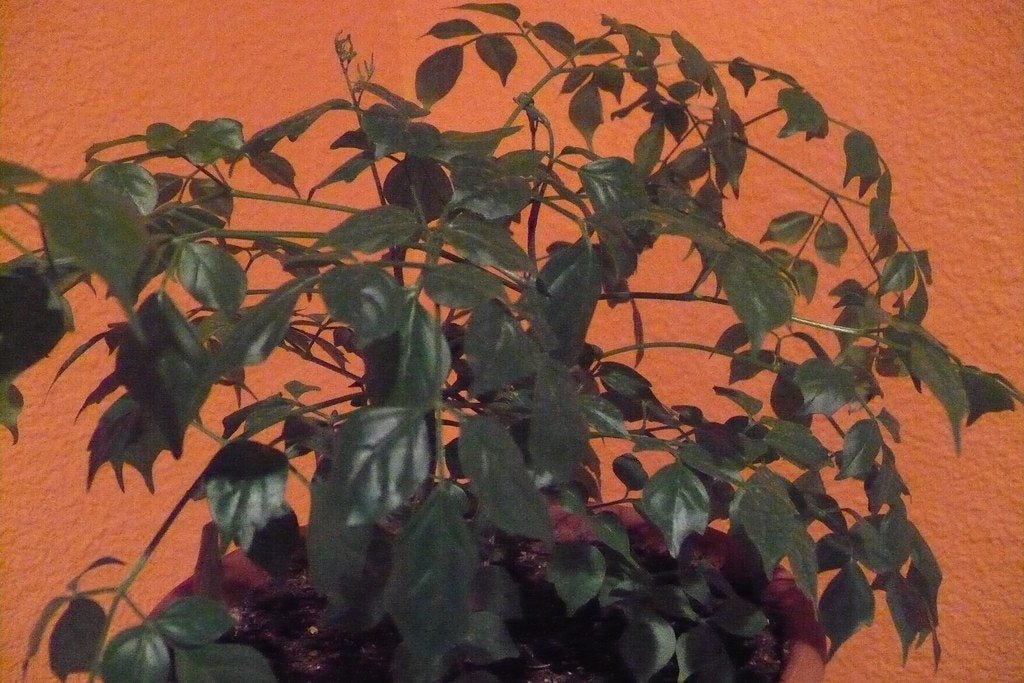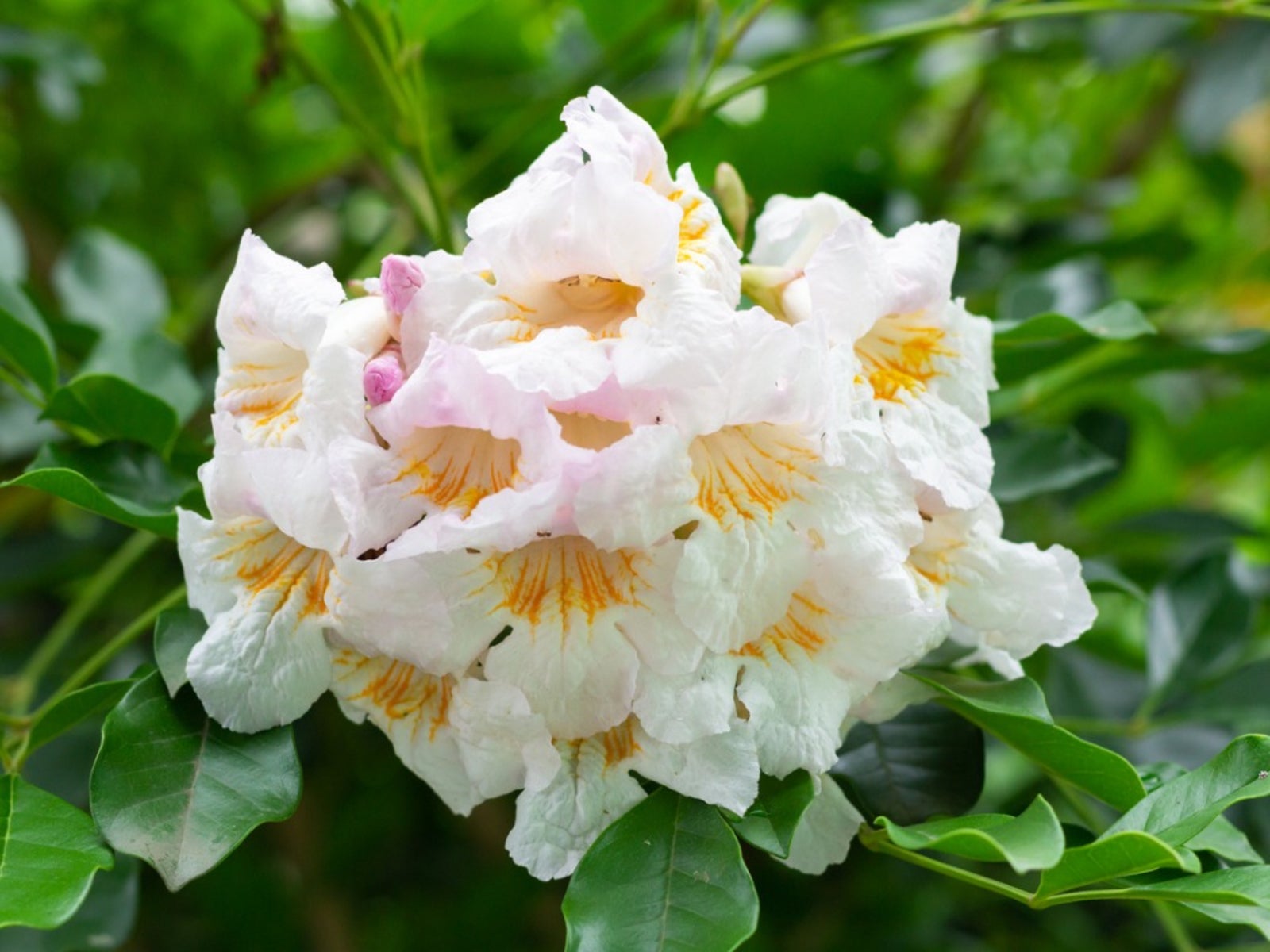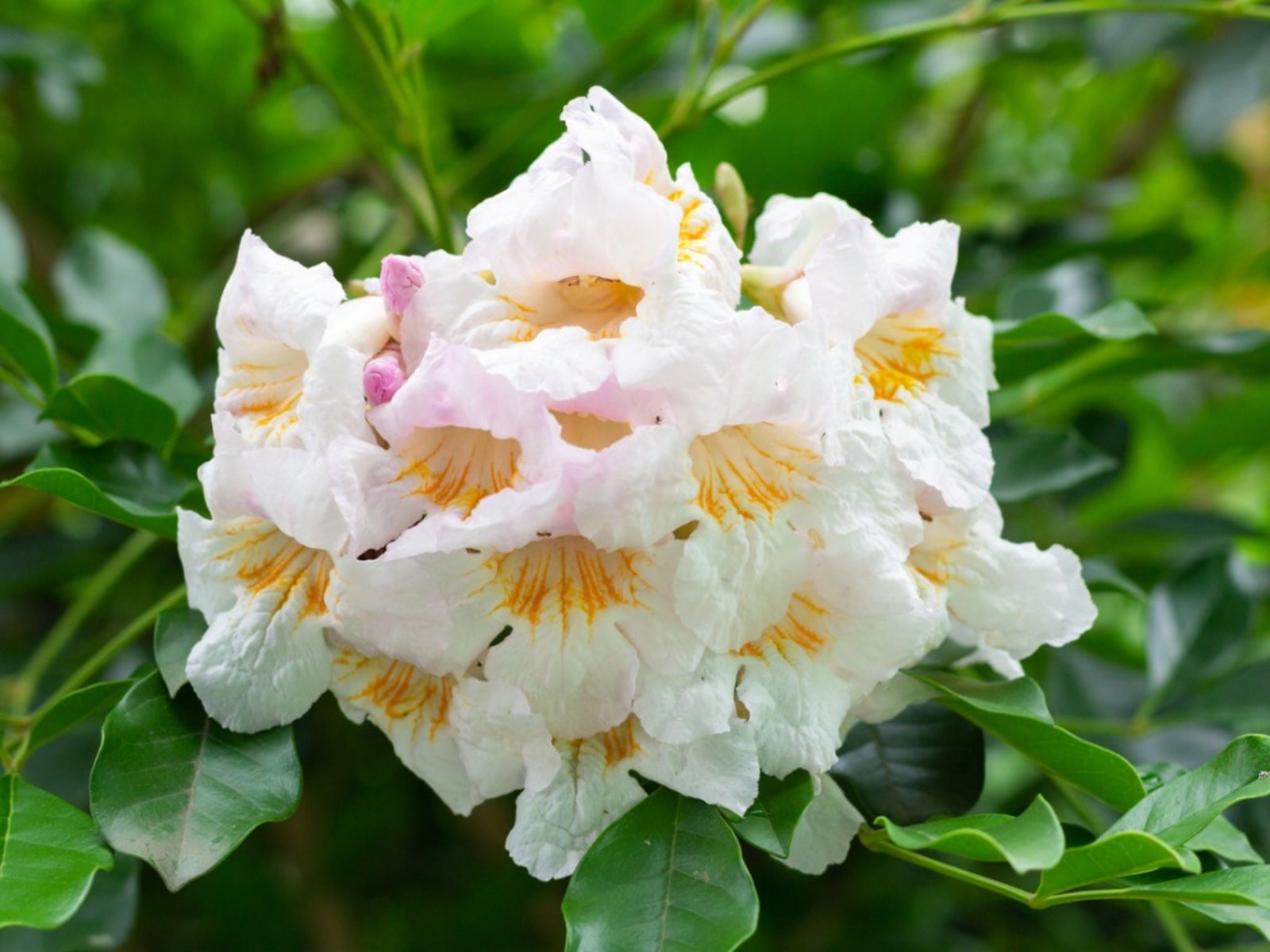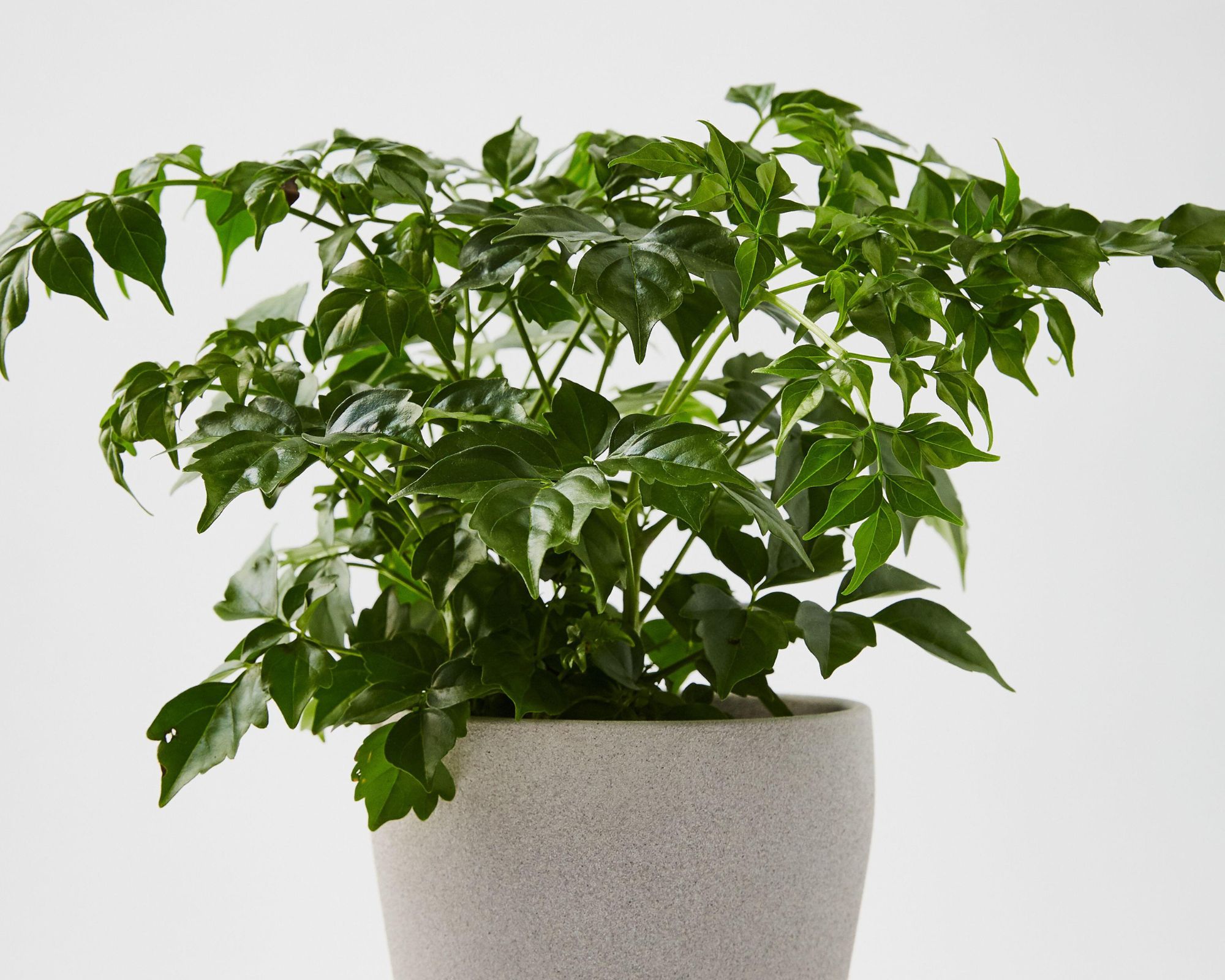Trimming China Doll Plants: How And When To Prune China Doll Plant


China doll plants (Radermachia sinica) are easy-care (though occasionally picky) houseplants that thrive in the conditions inside most homes. Native to China and Taiwan, these tropical-looking plants need moist soil and plenty of sunlight. When they get enough light, either from a sunny window or supplemental fluorescent lighting, the plants stay bushy and need an occasional trim to remove dead branches. In low light conditions, however, they need more frequent pruning to prevent or correct legginess.
When to Prune China Doll Plant
Learning when to prune China doll plant isn't difficult. The China doll houseplant isn't fussy about the time of year when it is pruned, so trimming China dolls can be done any time without harming the plant. The trick to pruning China doll plants is to do so before they look like they need pruning. It is much easier to encourage proper growth than it is to correct problems later on.
How to Prune a China Doll
A China doll houseplant becomes leggy in low light conditions. A leggy plant is one that has too much distance between branches and leaves so that it looks bare. Increasing the amount of light the plant receives helps prevent this problem, and you can also prune the plant to prevent legginess. Every few months, select one long stem and cut it back. New growth will begin just below the cut. When a stem dies, it becomes brittle and loses its leaves. Remove the dry, brittle stems completely. You can also remove stems that are growing in the wrong direction and those that are misshapen. Pruning China doll plants once they become leggy calls for more severe pruning. Trim back several small side branches to the point where they attach to a main lateral stem. Don't leave a stub when you make these cuts. Avoid leaving small stubs by holding your pruners so that the sharp cutting blade is flush with the stem that will remain on the plant. Trimming China dolls in this way leaves them looking sparse for a short time, but later results in stems with plenty of new growth. Place the plant in the light of a sunny, preferably south-facing, window to encourage vigorous new branches. Now that you know more about when and how to prune a China doll plant, you can ensure that your China doll houseplant looks great all year long.
Gardening tips, videos, info and more delivered right to your inbox!
Sign up for the Gardening Know How newsletter today and receive a free copy of our e-book "How to Grow Delicious Tomatoes".

Jackie Carroll has written over 500 articles for Gardening Know How on a wide range of topics.
-
 Looking For Plants To Give You The Soft And Fuzzies? Try These 5 Fuzzy Leaf Plant Options
Looking For Plants To Give You The Soft And Fuzzies? Try These 5 Fuzzy Leaf Plant OptionsLovers of texture, drama, silver foliage and tactile plants will adore these special sensory garden additions. These fuzzy leaf plant options will leave you all aglow
By Susan Albert
-
 Get Ready For A Summer Of Hummers! Grow These Full Sun Hummingbird Plants and Flowers
Get Ready For A Summer Of Hummers! Grow These Full Sun Hummingbird Plants and FlowersIf you’re lucky enough to enjoy a sunny backyard, make sure you are maxing out on your pollinator opportunities and grow these full sun hummingbird plants and flowers
By Tonya Barnett
-
 Can You Grow China Doll Plants Outside: Care Of Outdoor China Doll Plants
Can You Grow China Doll Plants Outside: Care Of Outdoor China Doll PlantsIndoors, china doll plants remain shrubby, usually topping out at 4 to 6 feet (1 to 2 m.). Outside, however, they can reach anywhere from 25-30 feet (7.5 to 9 m.). Click this article for information about growing and caring for china doll plants in the garden.
By Mary H. Dyer
-
 China Doll Plant Propagation
China Doll Plant PropagationChina doll plant is a popular and beautiful houseplant. Cuttings from regular pruning are not always easy to propagate, as this is a finicky plant, but this article can help those who would like to try.
By Nikki Tilley
-
 How To Care For A China Doll Plant
How To Care For A China Doll PlantChina doll is a fairly new houseplant, which has become quite popular and widely available. While their care can be a bit tricky, this article will help with basic growing conditions for China doll plants.
By Heather Rhoades